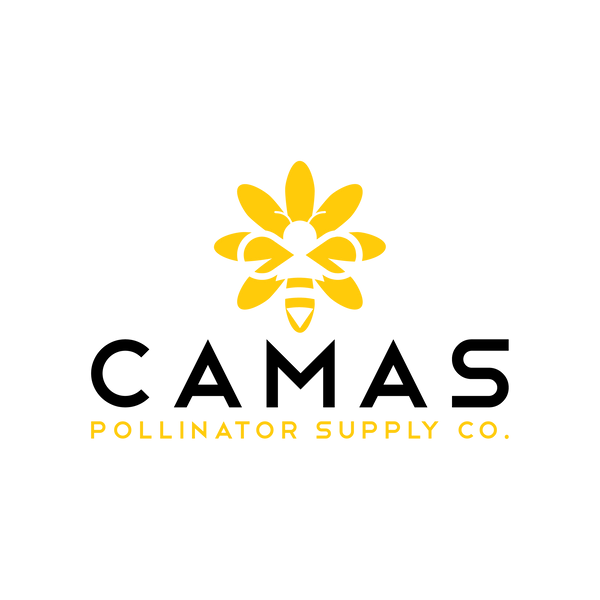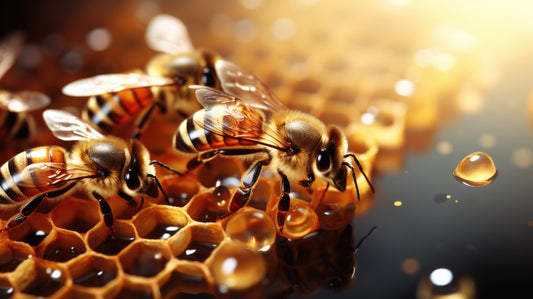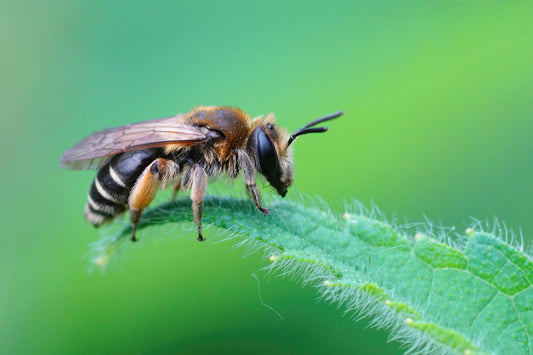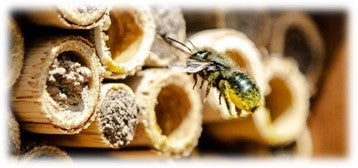Introduction
Gardening is more than just a hobby; it plays a crucial role in promoting biodiversity and enhancing the environment. As urbanization continues to encroach upon natural habitats, the need for sustainable gardening practices has never been more pressing. One of the most effective strategies for achieving this is through the selection of native plants. Native plants are those that naturally occur in a specific region and have adapted to the local climate and soil conditions over time. By incorporating these plants into our gardens, we can create landscapes that not only thrive with minimal maintenance but also provide essential habitats for local wildlife.

What Are Native Plants?
Native plants are species that have evolved in a particular area without human intervention. They are well-suited to their local environment, possessing characteristics that enable them to thrive under specific climatic conditions. For instance, native plants often have deep root systems that allow them to access water and nutrients efficiently, making them resilient during periods of drought or heavy rainfall.
These plants are integral to maintaining the ecological balance within their ecosystems. They support local wildlife by providing food and shelter, thus playing a vital role in sustaining biodiversity. Understanding what constitutes native plants is essential for gardeners seeking to create sustainable landscapes that benefit both the environment and themselves.
Benefits of Choosing Native Plants
A. Water Efficiency
One of the most significant advantages of selecting native plants is their water efficiency. Unlike non-native species that may require regular irrigation, native plants have adapted to local rainfall patterns and soil moisture levels, allowing them to thrive with minimal water input. Research shows that native plants can consume up to 50% less water compared to traditional landscaping options, making them ideal for drought-prone regions.
For example, in California, species such as the California poppy and purple sage are renowned for their drought resistance. These plants not only conserve water but also reduce the gardener's workload, as they require less frequent watering.
B. Reduced Maintenance
Native plants are inherently low-maintenance due to their adaptation to local conditions. They typically do not require chemical fertilizers or pesticides, which can be harmful to the environment and local wildlife. Instead, these plants thrive on natural soil nutrients and are more resistant to pests and diseases.

This characteristic makes native gardening an appealing option for busy individuals or those new to gardening. With less time spent on upkeep, gardeners can enjoy a flourishing landscape without the stress of constant maintenance.
C. Habitat for Local Wildlife
Choosing native plants is crucial for supporting local wildlife populations, particularly pollinators such as bees, butterflies, and hummingbirds. These species rely on specific plants for food and habitat; therefore, incorporating native flora into gardens creates essential ecosystems that foster biodiversity.

For instance, planting milkweed attracts monarch butterflies, while coneflowers provide nectar for various pollinators. By selecting a diverse array of native plants, gardeners can create vibrant habitats that support not only pollinators but also birds and beneficial insects.
3. Enhancing Biodiversity
Planting native species contributes significantly to local biodiversity by providing habitats for various organisms within the ecosystem. Diverse plant life promotes healthy soil and water cycles, enhances resilience against pests and diseases, and supports a wide range of wildlife.
Moreover, native plant gardens can help restore ecological balance in areas where non-native species have dominated landscapes. By reintroducing native flora, gardeners can create environments that are more conducive to supporting local fauna and maintaining ecological integrity.
Creating a Native Plant Garden
A. Assessing Your Local Environment
Before embarking on creating a native plant garden, it is essential to assess your local environment thoroughly. Understanding your soil type, sunlight exposure, and moisture levels will guide you in selecting appropriate native species that will thrive in your garden.
Local extension services or botanical gardens often provide resources for identifying suitable native plant species based on your region's specific conditions.
B. Designing Your Native Plant Garden
Designing a native plant garden involves thoughtful planning regarding layout and plant combinations. Grouping plants with similar water needs can enhance irrigation efficiency while creating visually appealing arrangements.

Incorporating features such as rain gardens or bioswales can help manage excess water during heavy rains while providing habitat for wildlife. Additionally, consider adding elements like birdhouses or bee hotels to further support local fauna.
Overcoming Common Misconceptions
A. Native Plants Are Boring
A common misconception about native plants is that they lack aesthetic appeal compared to exotic species. However, this could not be further from the truth; native flora offers a stunning array of colors, textures, and forms that can enhance any landscape.
Many gardeners find that incorporating native species creates dynamic gardens filled with seasonal interest as different plants bloom throughout the year.
B. Native Plants Are Hard to Find
Another myth surrounding native plants is that they are difficult to source. In reality, many local nurseries now specialize in native species due to growing interest in sustainable gardening practices. Additionally, community plant swaps or online retailers often provide access to a variety of native options.
By reaching out to local gardening groups or conservation organizations, you can discover additional resources for sourcing these valuable plants.
Conclusion
Selecting native plants for your garden is an impactful way to contribute to environmental sustainability while creating beautiful landscapes that support local ecosystems. The benefits of choosing these resilient species—such as water efficiency, reduced maintenance requirements, and enhanced habitats for wildlife—make them an ideal choice for gardeners at all levels of experience.
As you embark on your gardening journey with native plants, consider sharing your experiences with others in your community or engaging in conversations about biodiversity's importance in our shared environment. Together, we can cultivate gardens that not only beautify our surroundings but also foster thriving ecosystems for generations to come.
Additional Resources
For further exploration into the world of native plant gardening:
- Native Plant Society: Offers information on local species and conservation efforts.
- Local Botanical Gardens: Often host workshops on native gardening.
- Books on Sustainable Gardening: Look for titles focused on regional flora and eco-friendly practices.
By embracing the selection of native plants in our gardens, we take meaningful steps toward preserving our natural heritage while enjoying the beauty they bring into our lives.




